A new kind of AI for aging in place
Insightful. Discreet. Private.
Our AI and sensors analyze environmental parameters such as sound, CO2 concentration, light, movement, temperature, and much more. Based on this data, they deduce the types of activities taking place and their frequency, thereby establishing a model of the residents' daily routine.
Our devices do not use cameras or voice recording equipment.
Download the leaflet
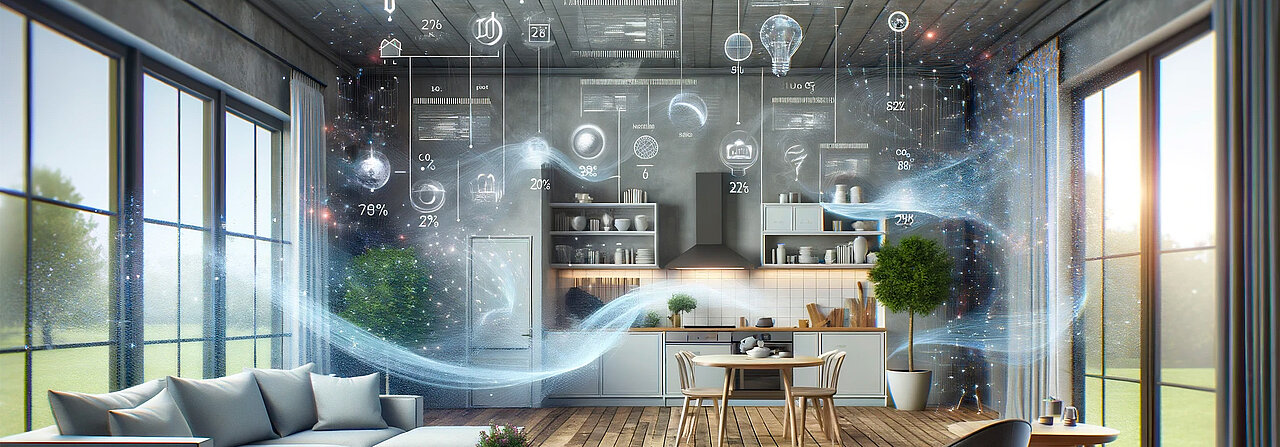
Insights
Sleep, Hygiene, Nutrition, Living, Comfort ...
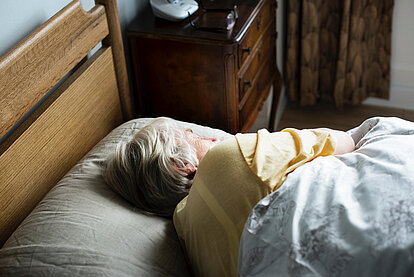
Sleep statistics
- duration
- exact bed times
- time to fall asleep
- qualification of sleep duration
- usual sleep routine
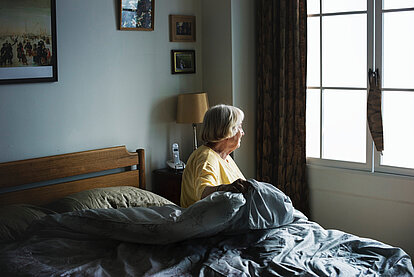
Nocturia
- toilets visits
- frequency and routine
- use of lights for fall prevention
- routine, duration
- evolution over time
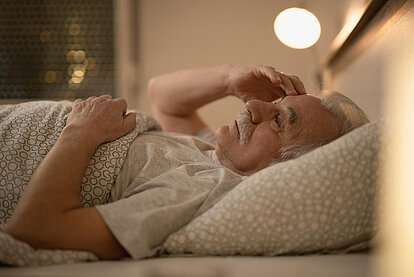
Sleep quality
- sleep cycles
- bed mobility
- restfulness
- insomnia
- evolution over time
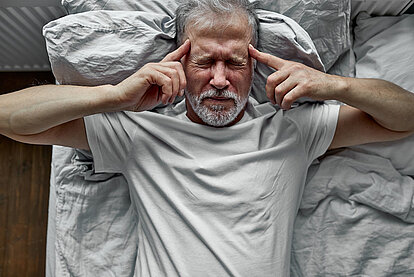
Bedroom environment
- silence quality
- need of ventilation
- temperature comfort
- air draught too high
- sun light and darkness
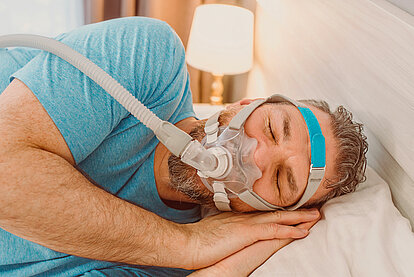
Sleep pathologies
(sensor on night table)
- sleep apnea
- snoring
- CPAP machines detection
- bed sores risks
- restless legs syndrome
[under development]

Cooking habits
- active cooking detection
- cooking with gas or frying
- boiling
- time spent in the kitchen
- meals regularity

Kitchen
- air quality
- fridge malfunction
- cooking help detection
- appliance detection
- mould risk
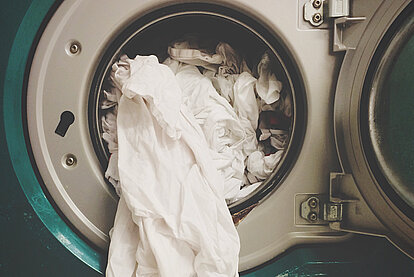
Washing machine
(sensor on appliance)
- wash cycles types
- water temperatures
- routine & regularity
- vibration and noise
- breakdowns
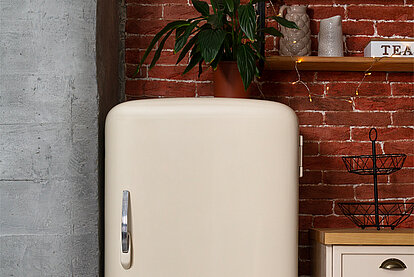
Fridge
(sensor on appliance)
- malfunction
- door openings
- eating disorders [development]
- lack of cooking
- noisiness
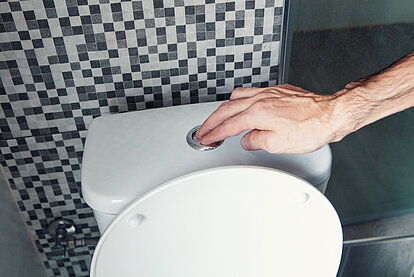
Toilets
- bowel movement
- usage regularity
- smell
- diarrhea [development]
- grab bars need [development]
- broken flush
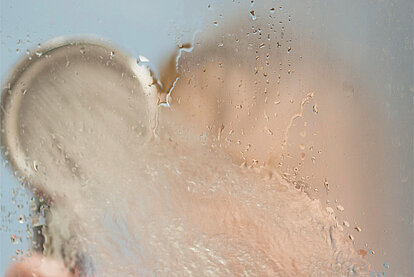
Shower and Bath
- shower routine
- bathtub routine [development]
- temperature comfort
- risk of mould
- fall detection (noise and duration)
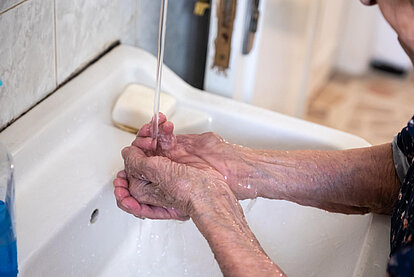
Washbasin
(sensor above basin)
- grooming
- hand washing
- electric toothbrush [development]
- hairdryer [development]
- electric shaving [development]

Couch
- TV times
- TV without presence
- nap times [development]
- visitors [development]
- quiet presence

Signs of life
- general home routine
- absence
- unusual absence
- activity rate qualification
- vitality rate [development]

Sound identification
- barking
- vaccum cleaner
- conversation
- alarms and bells
- shouting
[under development]
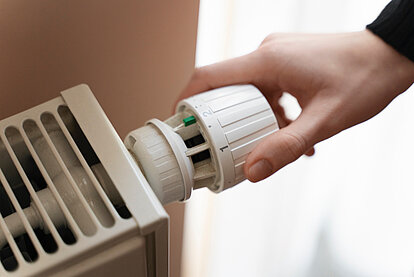
Comfort
- silence quality
- air quality and draughts
- air conditioning usage
- well-being (iso norm)
- heating efficiency [development]
- insulation [development]
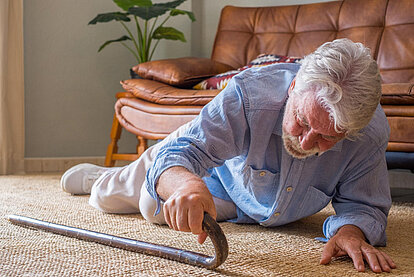
Fall prevention and detection
- broken light
- cries for help [development]
- disrupted routine
- toilets visits without light at night

Signs of dementia
In collaboration with a senior living facility, our research and development initiative is gathering extensive data to enhance our artificial intelligence system's capability to identify early indicators of dementia. This detection process relies on analyzing patterns in vitality, sleep habits, and overall shifts in daily rhythms.
Placing sensors
The sensors have a range of about 5 meters and must be placed within view of the area they are monitoring.
Living room
In the living room, it's optimal to position the sensors with a clear view of the couch and near the TV.
Bathroom
For detecting shower, bowel movement, and grooming activities, the optimal sensor placement is near the shaver plug, which is generally close to the basin.
Bedroom
When positioned on the night table, the sensor can more easily detect sleep cycles, though it can also be placed anywhere in the room with a clear view of the bed.
Kitchen
Sensors are ideally placed on the backsplash near the sink or oven. Being magnetic, they can also be attached to the fridge door.